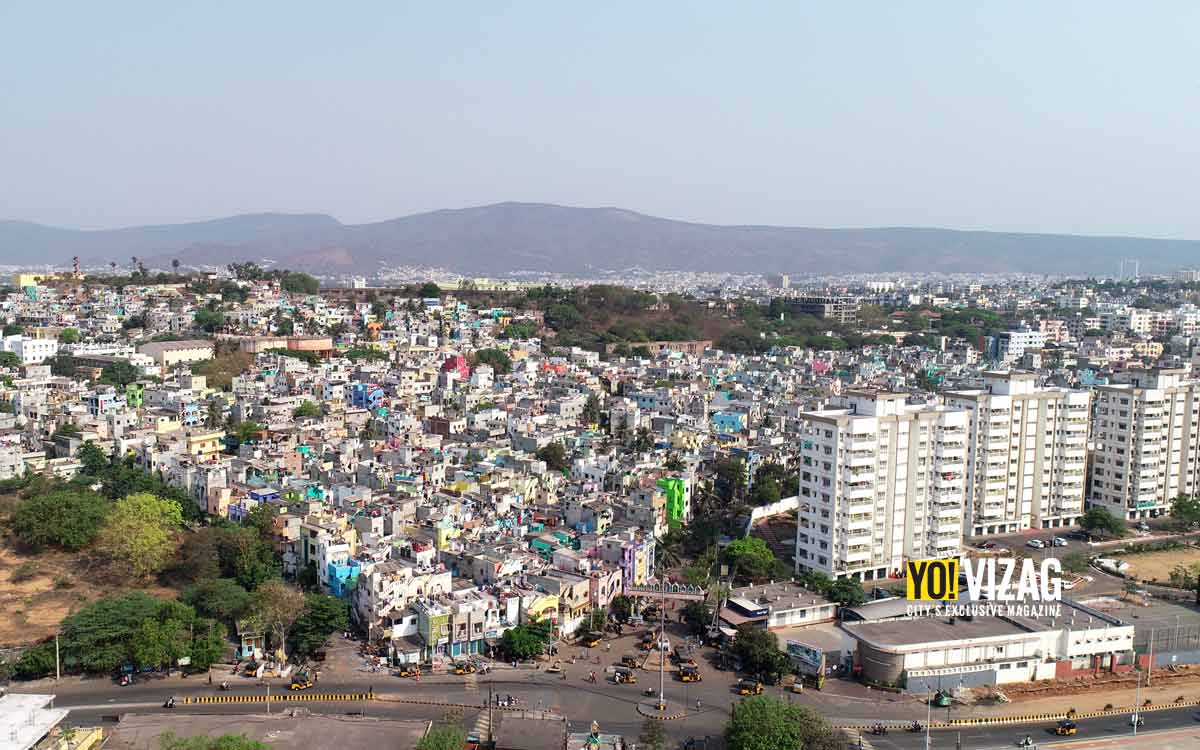Once a small fishing village, Visakhapatnam today is a busy port with the distinct advantage of a natural harbour. Its geographical advantage has made this city the headquarters of the Eastern Naval Command of the Indian Navy. In addition, a number of major industries, shipbuilding yard, a huge dry dock, a mega oil refinery, software giants, a massive steel and power plant make Vizag one of the modern faces of India. At the same time, Visakhapatnam has nestled within her, a rich legacy of ancient and historical sites of religious, cultural and natural significance. And all this progress and preservation of heritage has taken place in the midst of the awe-inspiring Eastern Ghats with the hills on one side and the azure waters of Bay of Bengal on the other. Tracing back, we take a look at 5 possible explanations as to how Visakhapatnam got its name.
#1 The Buddhist princess connect
One popular belief is that the Visakhapatnam got its name after Buddhist princess Visakha (5th to 6th Century BC), and is referred to in the Buddhist gathas.
#2 The Buddhist monk connect
Another similar theory attributes the name of Visakhapatnam to a Buddhist monk, Vaisakhi. The Chinese traveller, Huien Tsang visited Andhra during 639-40 AD. In his travelogue, he mentioned the name of ‘Visakha kingdom’, where Hinayana Buddhism was prevalent.
#3 The one after Visakeshwara
A school of thought attributes the name derived from the God of valour, Visakeshwara. This is supported by the strong belief that there lies submerged a shore temple built by Kuluttonga Chola of the Lord just off the shoreline.
#4 Crediting the Muslim saint
Then again, the name is credited to a Muslim saint, Ishaq Madina, revered by all, the Hindus and Muslims, especially those who lived off the sea.
#5 Based on the topography
And the simplest yet most possible explanation is that the Visakhapatnam got its name from its topography; ‘isaka’ is the Telugu word for sand. The vast sand expanses could have contributed to the name.










Discussion about this post